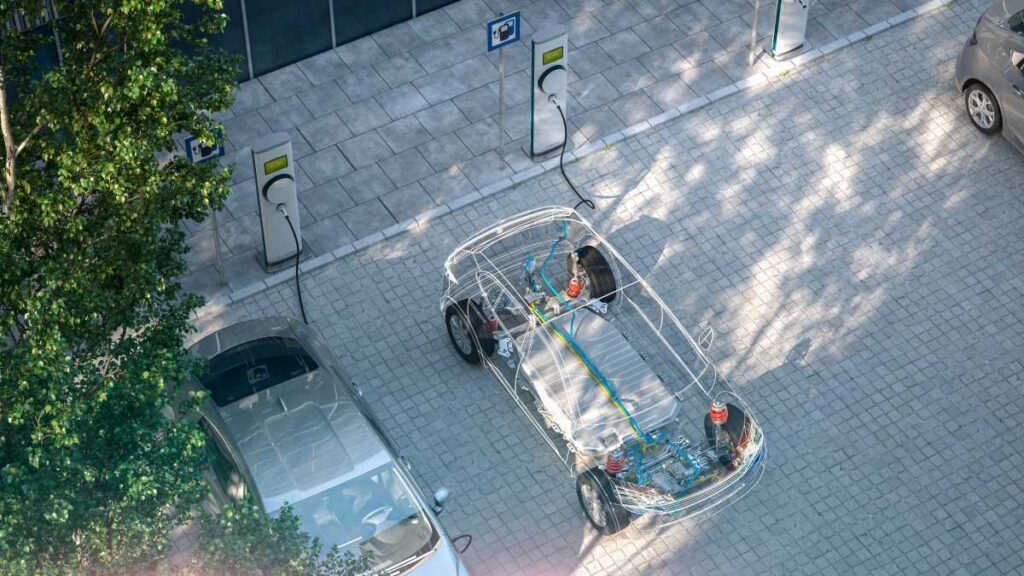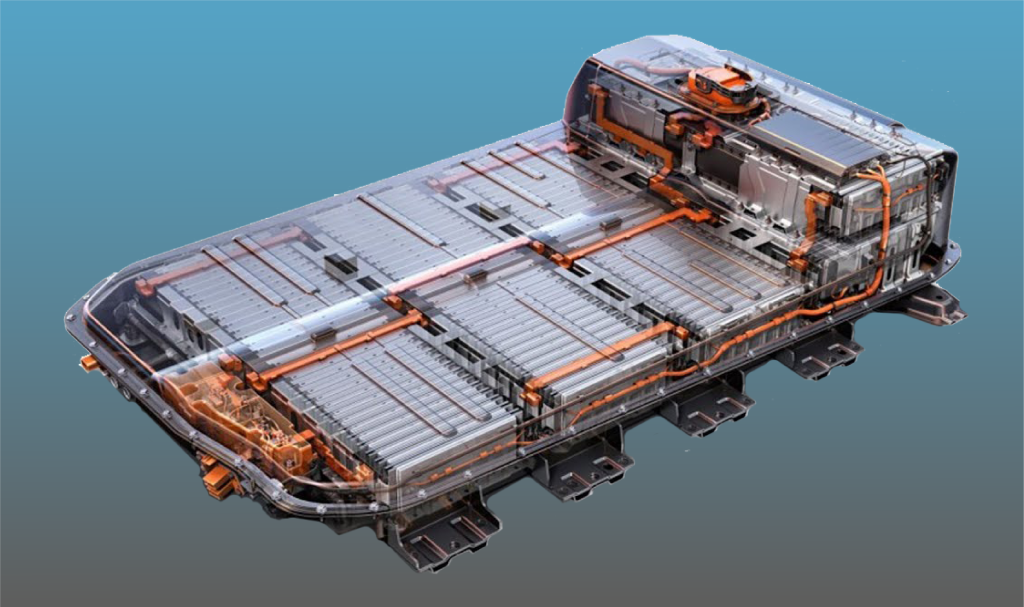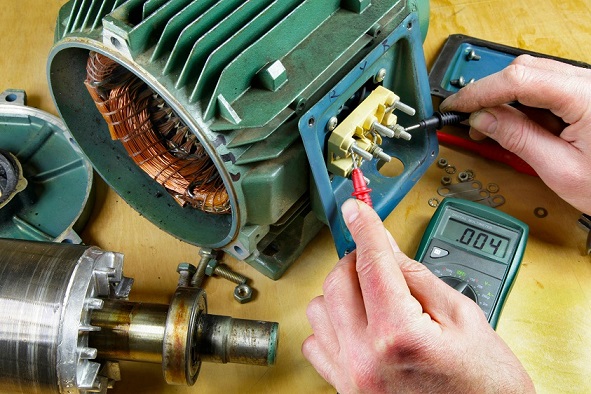Partial discharge (PD) are electrical discharges localized in the dielectric insulation, limited only to a part of the dielectric material.
The Partial Discharge test is the most effective system for assessing the quality of the insulation of a winding, by verifying the absence or presence of partial discharge (PD) and at what voltage these begin to manifest themselves. Download the brochure for more informations. Discover more about partial discharge in production.





